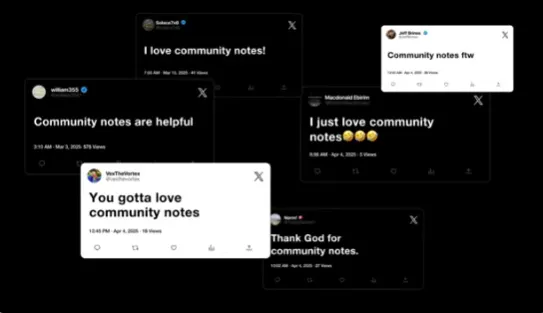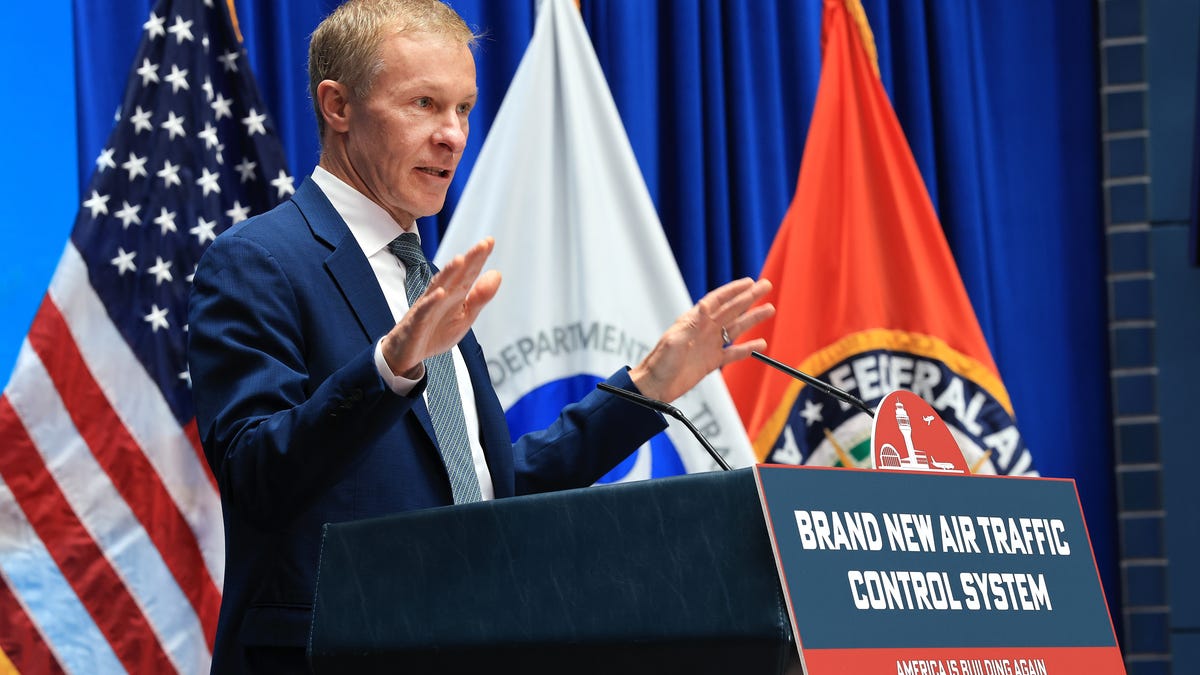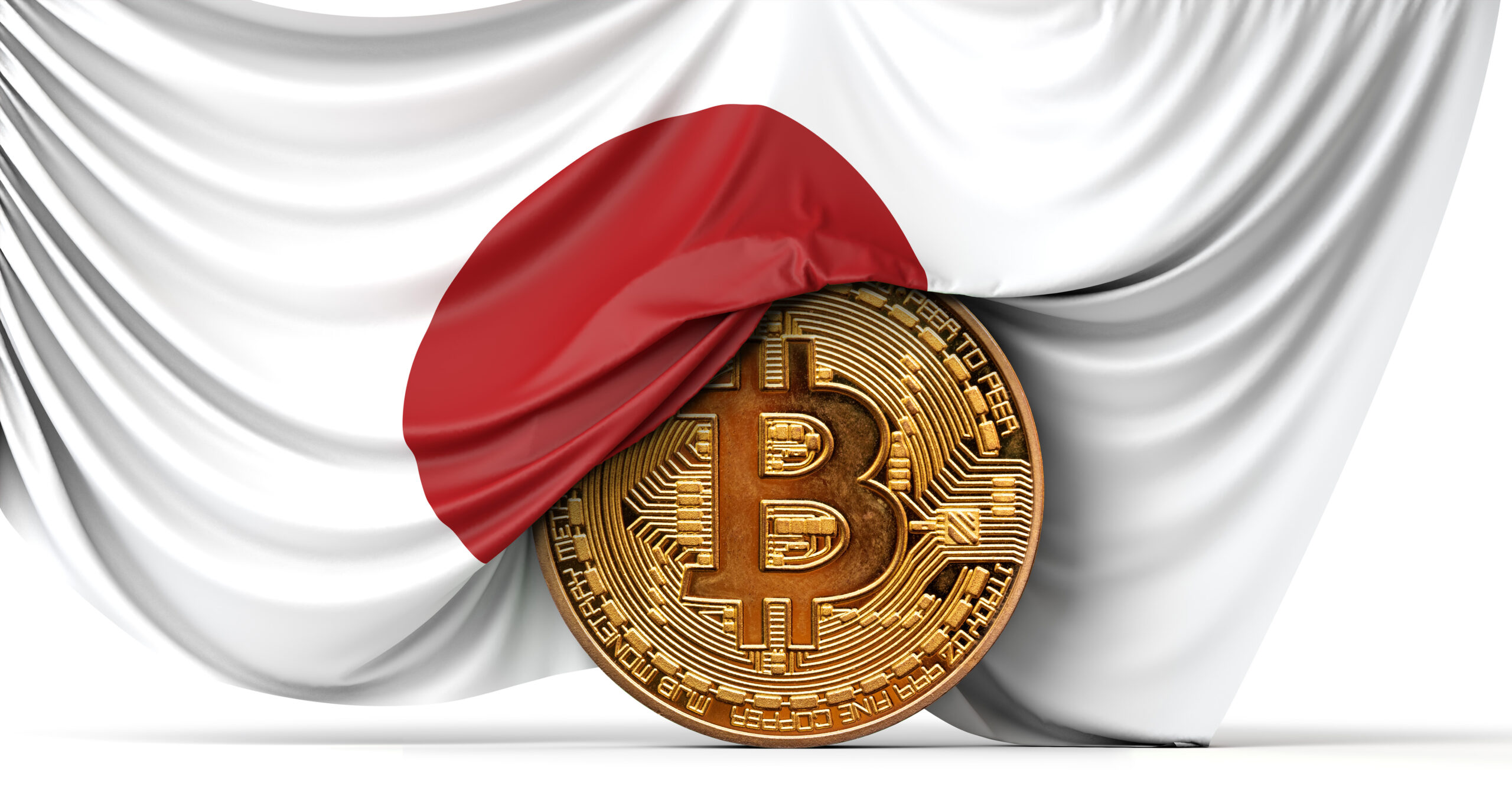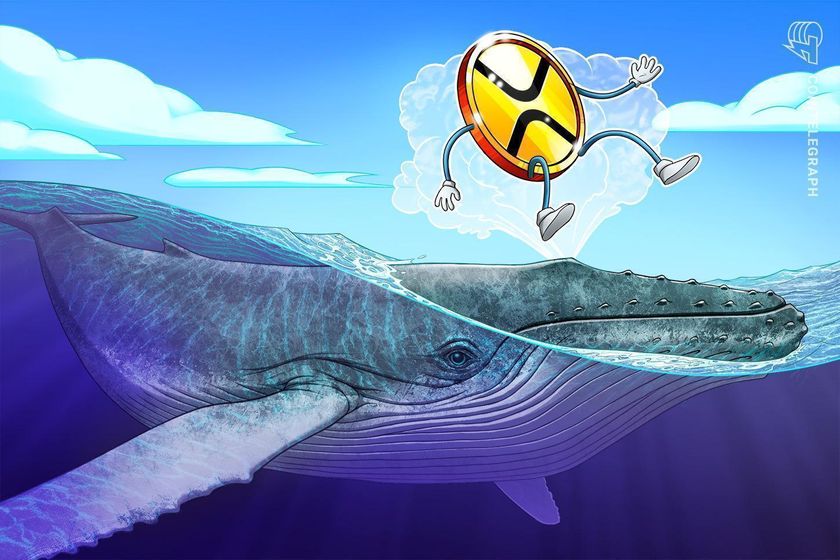Why taking a break mid-argument is the best conflict-resolution hack
I was mid-text argument with my colleague John when I caught myself, again, hovering over the “send” button, rewriting the same defensive message for the third time. It was about politics. But frankly, the content didn’t matter. What mattered was how my nervous system was lighting up like a pinball machine. I wasn’t responding. I was reacting. So I stopped. I paused the conversation, switched from text to voice note, and eventually asked if we could meet in person so that I could show up in a way that honors him. That single decision, to press pause, completely changed the tone and outcome of the conversation. By meeting in person, John and I demonstrated that we both really cared about each other, and we ended up not only resolving the disagreement but also learning more about each other’s upbringings and communication styles. Research done on international conflict suggests that taking repeated breaks from conflict can improve the odds of reaching an agreement. I call this the “strategic pause.” A PAUSE IS NOT A SHUTDOWN During my disagreement with John, I realized that I was operating from Superior Self Justin. In other words, I was approaching the conversation by thinking that I was better than him and, as a result, my words and tone were dehumanizing. I teach leaders to recognize the three “selves” that show up during conflict: Superior Self: I’m right and you’re wrong. Inferior Self: I’m wrong and I always mess this up. Equal Self: We’re both humans here. Let’s work this out together. Most shutdowns happen when we’re stuck in Superior or Inferior mode. We lash out or retreat. But a pause from Equal Self sounds like: “I noticed this conversation is starting to feel unproductive. I’d like to take a break so I can come back with more clarity and respect.” This is different from disappearing. It’s about signaling your intent to return (not escape) and taking responsibility for how you want to show up, even when you can’t control how the other person will respond. THE 90-SECOND RULE The brain isn’t wired to have a rational conversation in a heightened emotional state. When the amygdala, the brain’s fear center, is triggered, it hijacks your ability to think clearly. That’s where the 90-second rule comes in. Neuroscientist Jill Bolte Taylor, PhD, found it takes just 90 seconds for the initial surge of stress hormones to clear from the body (if you don’t re-trigger them by rehashing the moment). But here’s the caveat: 90 seconds might not be enough. Especially if the issue touches a core value or past trauma, or you’re entering the conversation already emotionally depleted. Sometimes it can take 10 minutes. Sometimes it’s hours, days, or even weeks. APPLY THE STRATEGIC PAUSE IN REAL TIME I will be honest. When my amygdala hijacks my rational brain, I don’t always catch myself in time to practice the strategic pause. The term “amygdala hijack,” introduced by psychologist Daniel Goleman, PhD, describes situations in which the amygdala overrides the rational prefrontal cortex, leading to impulsive reactions. Luckily, our brain’s neuroplasticity allows it to adapt and change in response to experiences and practices. Engaging in regular emotional regulation strategies, such as mindfulness and illeism, can strengthen the neural pathways associated with the prefrontal cortex, enhancing our capacity for self-control and emotional awareness. If you recognize that you’re in a dysregulated state in time (it’s okay if you don’t; we’re only human), the next step is asking for a break. To effectively communicate that you want a break, avoid accusatory statements such as: “You are making me feel triggered and angry, so we need to take a break.” Instead, use “I” statements. For example: “I’m feeling overwhelmed and want to pause so I can come back with more respect and intention.” WHAT YOU DO DURING THE BREAK MATTERS THE MOST A strategic pause only works if you use it well. I’ve seen people step away, then spend the entire time stewing in righteous anger, rehearsing comebacks, or screenshotting texts for third-party validation. That’s not a reset; it’s an escalation.During my disagreement with John, I asked myself: “What would Equal Self Justin do?” Equal Self Justin would want to know how the conversation could go better. He would listen more, and ask John about his story, upbringing, and value system. A powerful tool for regulating and accessing our Equal Self is illeism. This is the practice of talking to yourself in the third person. For instance: “Why is Justin so upset?” instead of “Why am I upset?” This creates just enough cognitive distance to reengage the rational brain. Strategic pauses aren’t a cure-all. You may still get stonewalled, the other person may escalate, or they might refuse to reengage. Unfortunately, you cannot control the outcome. But when you return as your Equal Self—who is clear, respectful, and regulated—you give the convers

I was mid-text argument with my colleague John when I caught myself, again, hovering over the “send” button, rewriting the same defensive message for the third time. It was about politics. But frankly, the content didn’t matter. What mattered was how my nervous system was lighting up like a pinball machine. I wasn’t responding. I was reacting.
So I stopped.
I paused the conversation, switched from text to voice note, and eventually asked if we could meet in person so that I could show up in a way that honors him. That single decision, to press pause, completely changed the tone and outcome of the conversation. By meeting in person, John and I demonstrated that we both really cared about each other, and we ended up not only resolving the disagreement but also learning more about each other’s upbringings and communication styles.
Research done on international conflict suggests that taking repeated breaks from conflict can improve the odds of reaching an agreement. I call this the “strategic pause.”
A PAUSE IS NOT A SHUTDOWN
During my disagreement with John, I realized that I was operating from Superior Self Justin. In other words, I was approaching the conversation by thinking that I was better than him and, as a result, my words and tone were dehumanizing.
I teach leaders to recognize the three “selves” that show up during conflict:
- Superior Self: I’m right and you’re wrong.
- Inferior Self: I’m wrong and I always mess this up.
- Equal Self: We’re both humans here. Let’s work this out together.
Most shutdowns happen when we’re stuck in Superior or Inferior mode. We lash out or retreat. But a pause from Equal Self sounds like: “I noticed this conversation is starting to feel unproductive. I’d like to take a break so I can come back with more clarity and respect.”
This is different from disappearing. It’s about signaling your intent to return (not escape) and taking responsibility for how you want to show up, even when you can’t control how the other person will respond.
THE 90-SECOND RULE
The brain isn’t wired to have a rational conversation in a heightened emotional state. When the amygdala, the brain’s fear center, is triggered, it hijacks your ability to think clearly. That’s where the 90-second rule comes in. Neuroscientist Jill Bolte Taylor, PhD, found it takes just 90 seconds for the initial surge of stress hormones to clear from the body (if you don’t re-trigger them by rehashing the moment).
But here’s the caveat: 90 seconds might not be enough. Especially if the issue touches a core value or past trauma, or you’re entering the conversation already emotionally depleted. Sometimes it can take 10 minutes. Sometimes it’s hours, days, or even weeks.
APPLY THE STRATEGIC PAUSE IN REAL TIME
I will be honest. When my amygdala hijacks my rational brain, I don’t always catch myself in time to practice the strategic pause. The term “amygdala hijack,” introduced by psychologist Daniel Goleman, PhD, describes situations in which the amygdala overrides the rational prefrontal cortex, leading to impulsive reactions.
Luckily, our brain’s neuroplasticity allows it to adapt and change in response to experiences and practices. Engaging in regular emotional regulation strategies, such as mindfulness and illeism, can strengthen the neural pathways associated with the prefrontal cortex, enhancing our capacity for self-control and emotional awareness.
If you recognize that you’re in a dysregulated state in time (it’s okay if you don’t; we’re only human), the next step is asking for a break. To effectively communicate that you want a break, avoid accusatory statements such as: “You are making me feel triggered and angry, so we need to take a break.” Instead, use “I” statements. For example: “I’m feeling overwhelmed and want to pause so I can come back with more respect and intention.”
WHAT YOU DO DURING THE BREAK MATTERS THE MOST
A strategic pause only works if you use it well. I’ve seen people step away, then spend the entire time stewing in righteous anger, rehearsing comebacks, or screenshotting texts for third-party validation. That’s not a reset; it’s an escalation.
During my disagreement with John, I asked myself: “What would Equal Self Justin do?” Equal Self Justin would want to know how the conversation could go better. He would listen more, and ask John about his story, upbringing, and value system.
A powerful tool for regulating and accessing our Equal Self is illeism. This is the practice of talking to yourself in the third person. For instance: “Why is Justin so upset?” instead of “Why am I upset?” This creates just enough cognitive distance to reengage the rational brain.
Strategic pauses aren’t a cure-all. You may still get stonewalled, the other person may escalate, or they might refuse to reengage. Unfortunately, you cannot control the outcome. But when you return as your Equal Self—who is clear, respectful, and regulated—you give the conversation its best chance to move forward constructively.







![8 Marketing Principles You Wish You Knew From the Start [Infographic]](https://imgproxy.divecdn.com/IrFUUizSVZJGsPem_wXXddL_nQGNvo8QImauGCOQCxo/g:ce/rs:fit:770:435/Z3M6Ly9kaXZlc2l0ZS1zdG9yYWdlL2RpdmVpbWFnZS84X21hcmtldGluZ19wcmluY2lwbGVzX2luZm8yLnBuZw==.webp)




















































































































































































